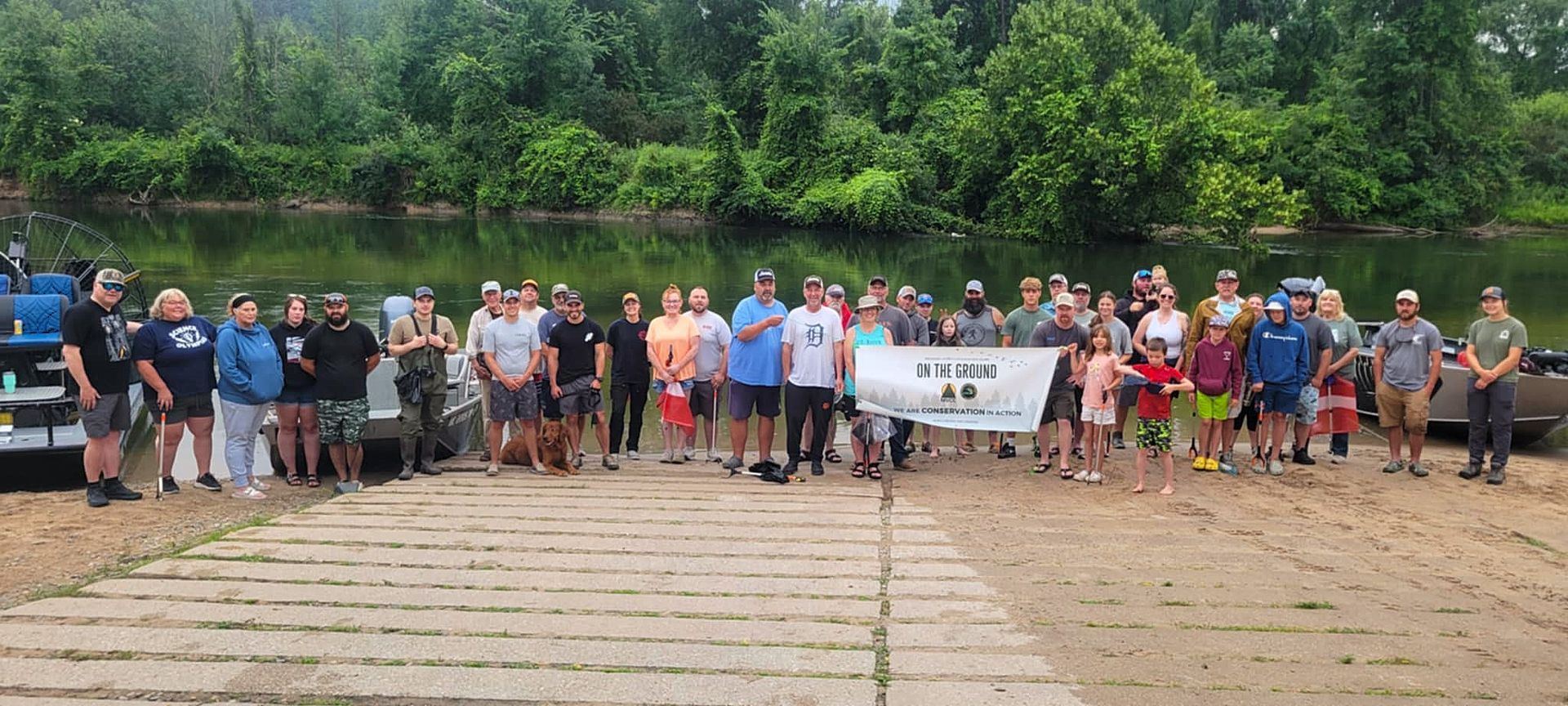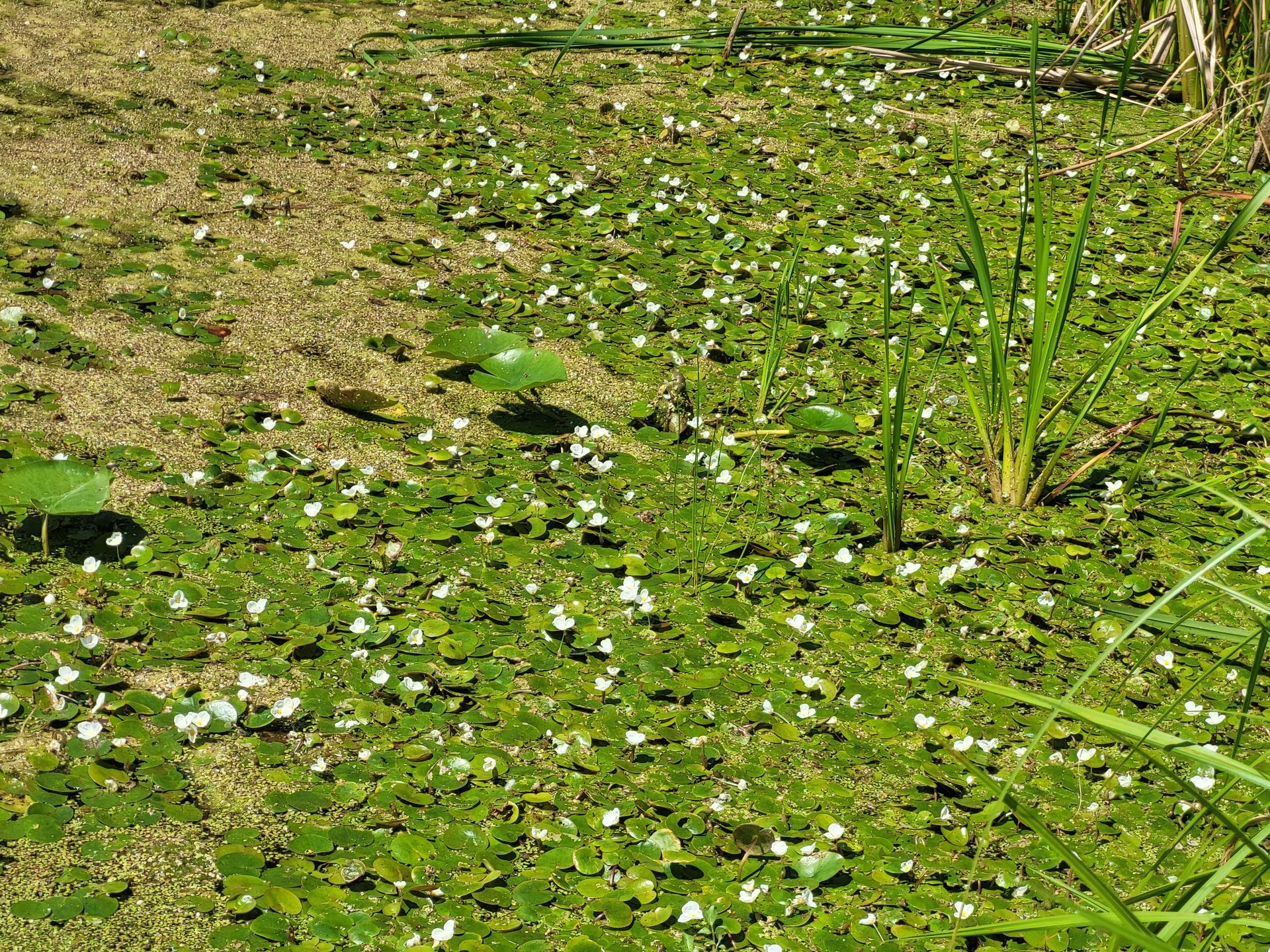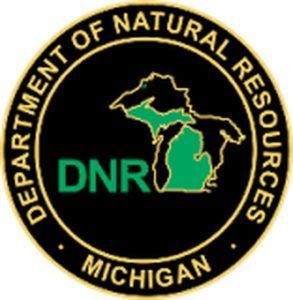Wetland Community Types in Michigan
According to the Michigan Natural Features Inventory , a wetland is defined as an ecosystem that is saturated with water for varying periods and characterized by water-loving vegetation and soils. A few other important factors that distinguish wetlands from other ecosystems are soil chemistry, hydrology, species composition, and geographic distribution. Wetlands are important because they provide flood and storm control, protection of subsurface water resources, erosion control, and a source of nutrients for water and food cycles ( EGLE ). Wetlands also serve as nursery grounds and sanctuaries for fish. Many different species of wildlife use wetlands for nesting and breeding grounds, including mammals like mink and otters, and waterfowl. Wetlands are home to numerous species of reptiles and amphibians. Wetlands provide habitat to threatened and endangered species too, and we have several threatened species of turtles here in Michigan. These ecosystems must undoubtedly be protected to ensure their survival.
There are many different types of wetland ecosystems. They include marshes, wet prairies, bogs, fens, shrub wetlands, and forested wetlands. Each type has its own characteristics that make it unique. There are 32 wetland types total found in Michigan, and these are grouped into the categories above. Furthermore, to learn more about all 32 wetland ecosystem types visit the Michigan Natural Features Inventory website.
Marsh
Marshes are herbaceous wetlands that typically occur near water bodies such as the Great Lakes or inland lakes, ponds, rivers, and streams. Water levels and soil saturation can vary seasonally, and the soil is mostly organic but can include minerals. Natural processes that occur in marshes include changing water levels, seasonal flooding, groundwater seepage, and fire. The marsh group also contains 9 ecosystem types. These include submergent marshes, emergent marshes, Great Lakes marshes, and wet meadows.

Wet Prairie
Wet prairies are dominated by grasses and forbs, and do not occur very frequently. They occur on outwash plains, outwash channels, and lake plains. Their soils have a variable organic content. Natural processes that occur in wet prairies include changing water levels and flooding by beavers. The wet prairie group also contains 5 ecosystem types. These include wet-mesic prairies and lakeplain wet prairies.
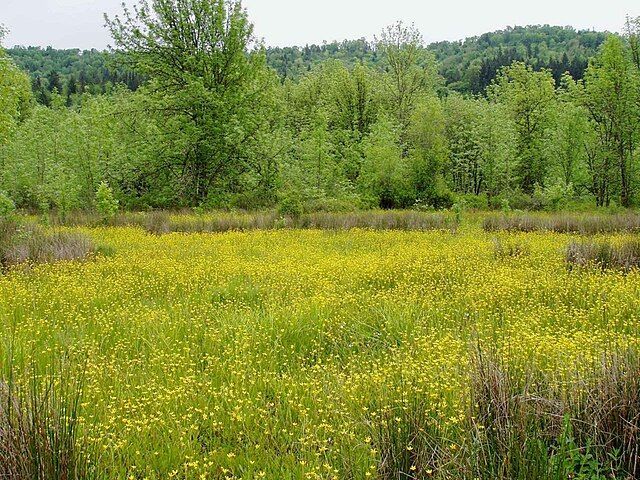
Bog
Bogs are peatlands that contain a carpet of sphagnum moss, species-poor vegetation, and scattered and stunted conifers. They occur mostly in shallow depressions within outwash plains and glacial lakeplains. Their soils are extremely acidic and they contain a lot of peat, which is an accumulation of organic matter. Natural processes that occur in bogs include peat accumulation and flooding by beavers. The bog group also contains 2 ecosystem types, which are bogs and muskegs.
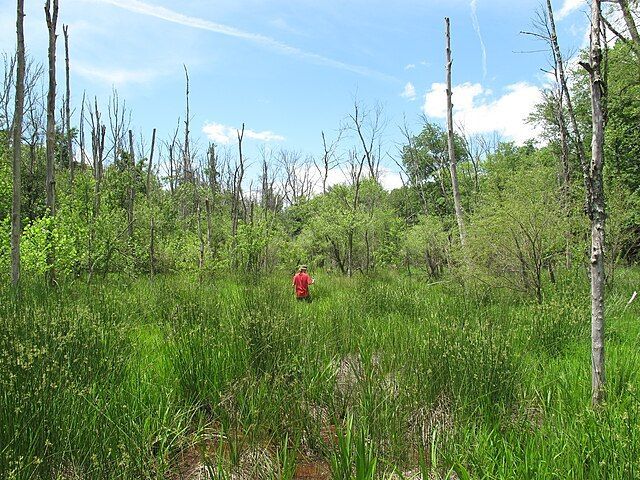
Fen
Fens are peatlands that are dominated by forbs, shrubs, and stunted conifers. They occur primarily on glacial outwash plains and lakeplains. Their soils range from slightly acidic to alkaline, and they receive water that has been in contact with bedrock or mineral soils. Natural processes that occur in fens are changing water levels, groundwater seepage, and peat accumulation. The fen group also contains 5 ecosystem types. They include poor fens, prairie fens, and coastal fens.
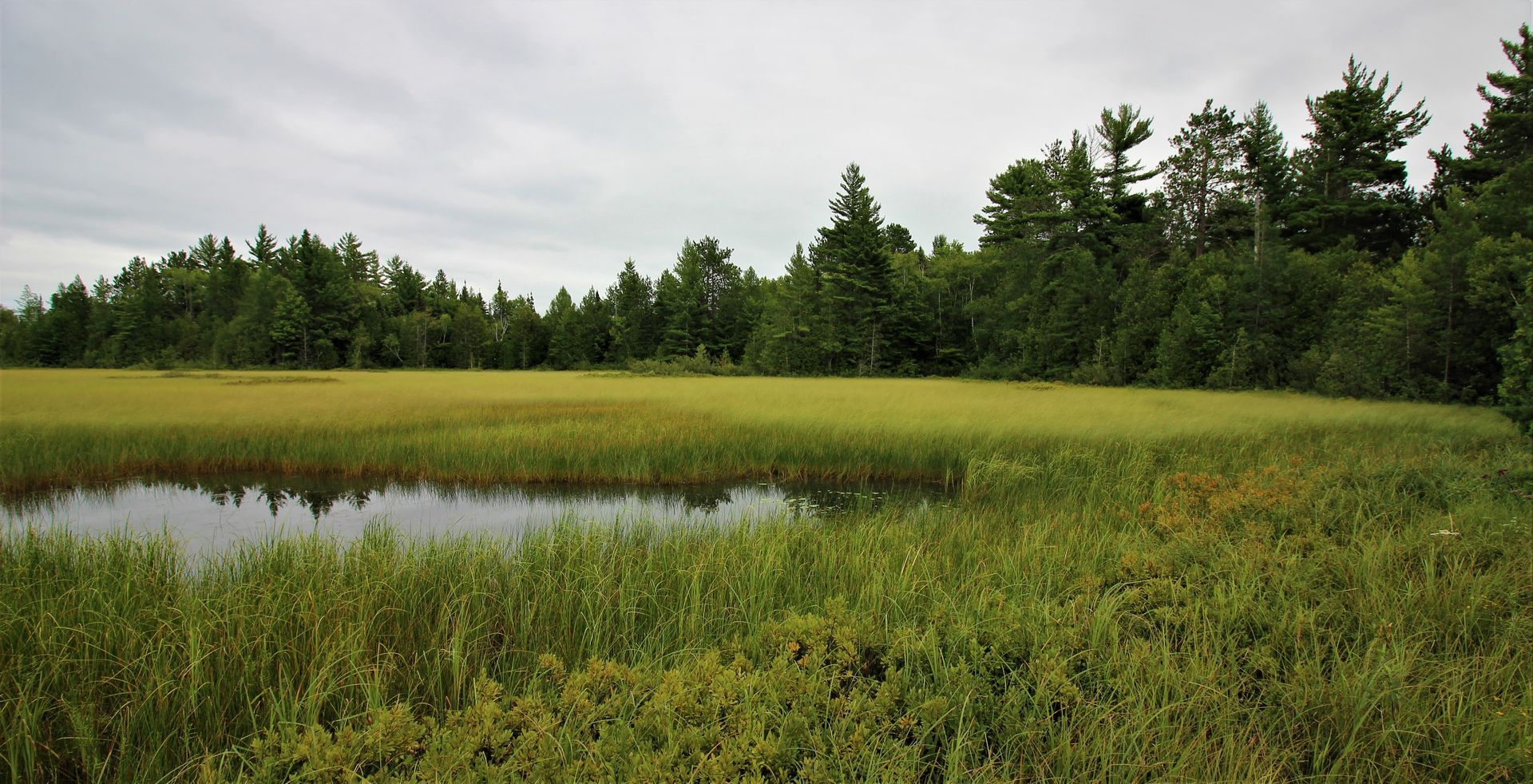
Shrub Wetland
Shrub wetlands are dominated by tall shrubs which make up 50% of the overall cover. They occur in depressions on a variety of landforms. Their soils are either organic or mineral and have a variable depth. Natural processes that occur in shrub wetlands are changing water levels and flooding by beavers. The shrub wetland group also contains 3 ecosystem types. They are inundated shrub swamp, northern shrub thicket, and southern shrub-carr.
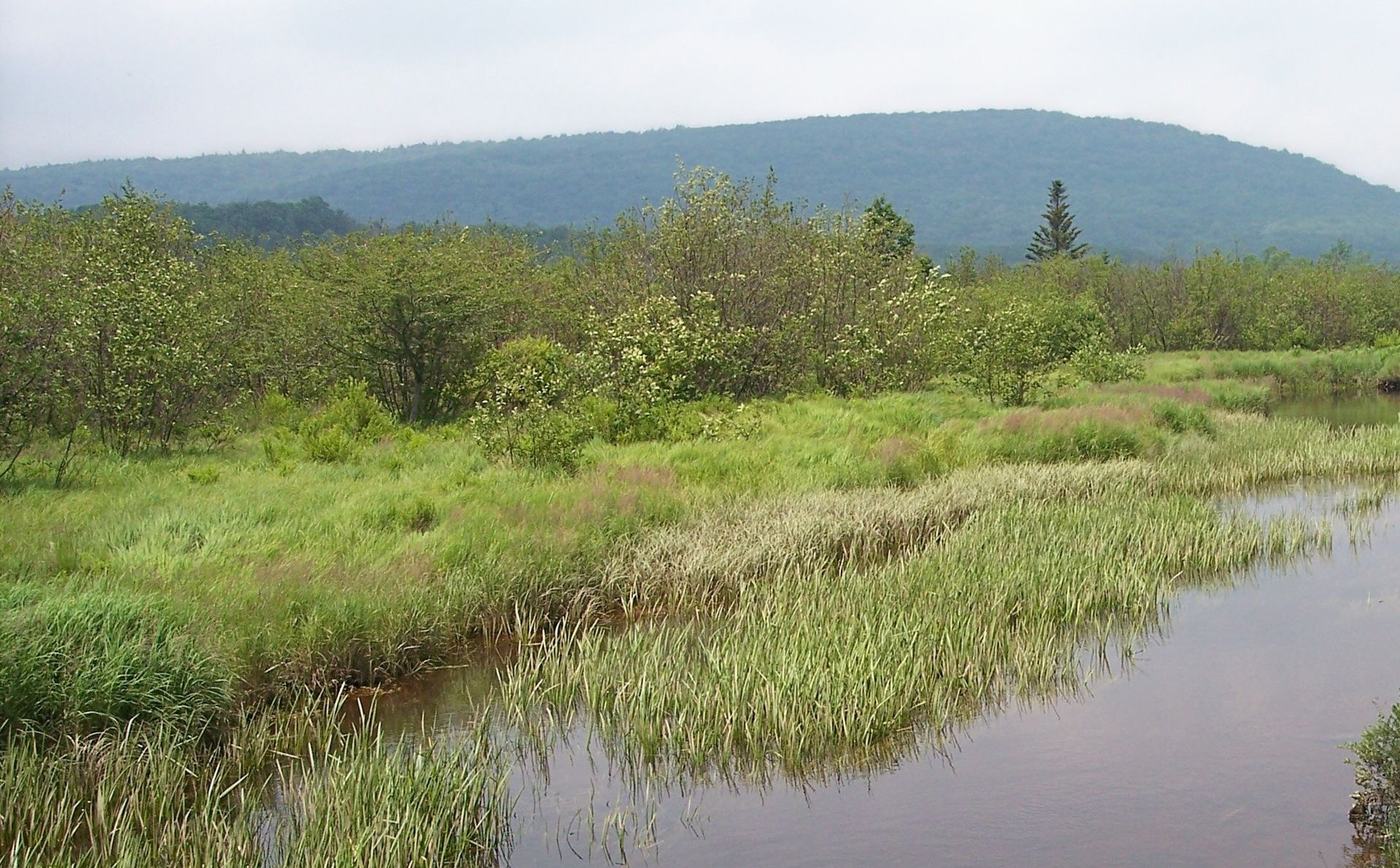
Forested Wetland
Forested wetlands are dominated by trees. They occur on depressions in glacial outwash plains, lakeplains, and outwash channels. Their soils are both organic and mineral and can be either acidic or alkaline. Natural processes that occur in forested wetlands are groundwater seepage, seasonal flooding, and drought. The forested wetland group also contains 8 ecosystem types. They include floodplain forests, southern hardwood swamps, and wet-mesic flatwoods.
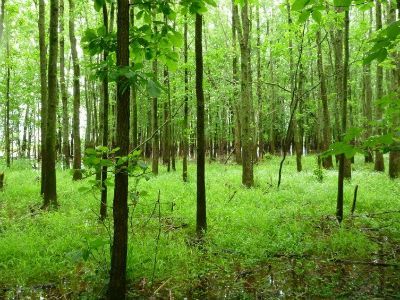
The post Wetland Community Types in Michigan appeared first on Michigan United Conservation Clubs .
Recent Posts
